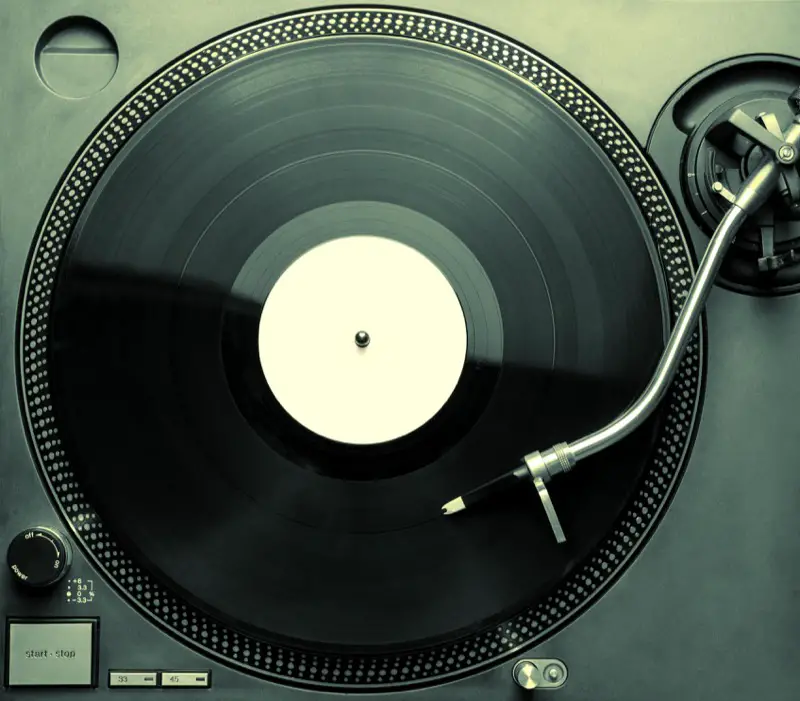
Today is the 70th anniversary of the introduction 12-inch 33 1/3 LP!
[This was my Sunday column for GlobalNews.ca – AC]
For the first 50-odd years of the recorded music industry, the standard format was the 10-inch 78 RPM single. It served us well, despite all its shortcomings.
Audio quality wasn’t great, either. All recordings were in mono, quickly became rather scratchy, and wore out after about 125 plays.
And then there was the issue of capacity. You were lucky to get four minutes of music per side. Longer pieces, like symphonies and operas, had to be spread out over multiple records. These were sold in packages with individual records stored in sleeves that were bound together like pages in a book. Because these collections of records reminded people of photo albums, they quickly became known as “record albums.”
Here’s one from my collection.

There were a few attempts to improve upon the 78, but those were derailed by the Great Depression, during which record sales dropped by a staggering 95 percent over just two years.
Another issue was the Second World War. The major source of shellac was the jungles of the Malay Peninsula, the habitat of the female lac bug. Shellac came from the secretions of this insect that were scraped off trees and then refined into the raw material used for things like records. When the Japanese invaded, the world supply of lac bug goo was severely impacted.
For a time in the early 1940s, the only way one could buy a new record was to trade in an old one so it could be melted down and recycled.
Meanwhile, scientists were looking for a new material for sewer pipes.
Yes, that sentence is a segue into what happened next. Keep reading.



